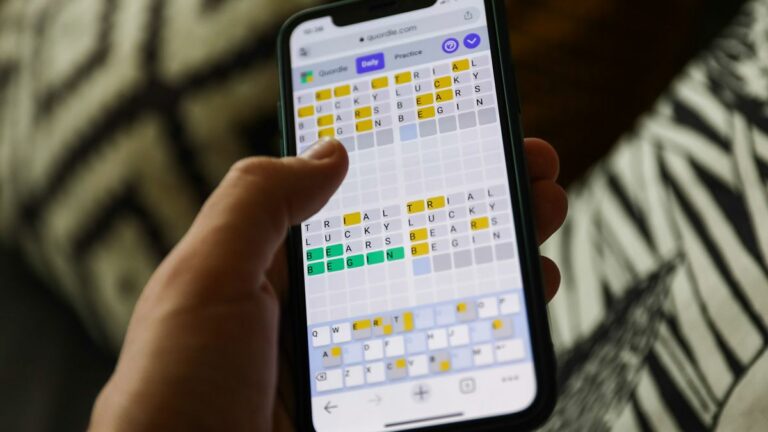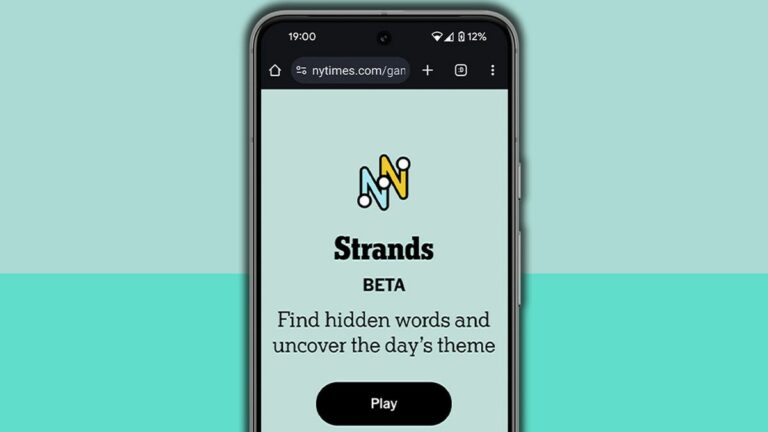An artist who was able to pay off credit card debt, a photographer making extra cash by replying to the most polarizing posts she can find, a food blogger trying to start interesting conversations. These are some of the creators Meta is paying to post on Threads.
Meta introduced the invitation-only program in April, but has only shared limited details about how it works. Engadget spoke with half a dozen creators who have joined the program over the last few months. They described their strategies for reaching the required engagement metrics, and the sometimes confusing nature of Threads’ recommendation algorithm.
Creators are sorted into different tiers of the program which determines how much their bonuses can be and what kinds of metrics their posts need to hit. None of the creators who spoke with Engadget knew how or why they had been selected for the bonus program, though they all had an established following on Instagram. (One of the known requirements is a professional account on Instagram.)
Audrey Woulard is a photographer with more than 25,000 followers on Instagram and about 5,500 followers on Threads. She uses her Facebook and Instagram accounts to promote her portrait photography business. But when she was invited to the Threads bonus program, she saw an opportunity to experiment with different types of content.
Her strategy, she says, is all about replies. She exclusively focuses on replying to other users’ posts rather than creating her own. “I’m not necessarily generating content on my own,” she explains. “I’m kind of activating other people’s content.” By focusing on replies, she says she’s able to reach the required 60 Threads with at least 750 views each to qualify for a $500 monthly bonus.
This has helped her become particularly attuned to the types of subjects that are likely to attract a lot of views. “Polarizing content, anything that keeps people talking,” she explains. Specifically, she looks for topics that people tend to have strong opinions about, like marriage, parenting, aging and politics, though she tries to avoid replying to obvious engagement bait.
Woulard’s experience isn’t unique. Threads defaults to a “for you” timeline that relies heavily on recommended posts rather than posts from accounts you already follow. Meta has also said it doesn’t want to “encourage” users to post about news and politics. Perhaps as a consequence of this, Threads’ “for you” feed often feels a lot slower and less focused on current events than on X.
What the algorithm does prioritize, though, is posts that get a lot of replies, even if they are about a seemingly mundane topic. This has led to a bizarrely random quality to the feed, what blogger Max Read dubbed “the gas leak social network.” It’s not uncommon to see a recommended post from someone you’re totally unconnected to talking about a trivial inconvenience, or a medical condition or some other anodyne anecdote. What these posts do have in common, though, is lots of replies.
It’s also created an opportunity for people looking to game the app’s algorithm by posting spammy content, generic questions or polarizing takes meant to attract as many replies as possible. (Meta execs have said they’re trying to fix this issue after a surge in such posts, even as they acknowledge that posts with replies are most likely to be recommended.)
But for Woulard, Meta’s emphasis on “public conversations” has worked in her favor. She says that so far she’s been able to max out three months worth of bonuses simply by replying to Threads. Woulard generates more income from her Facebook page, but enjoys the simplicity of the Threads bonus program. “It’s so easy for me to make this money, I can literally sit in my room and reply to a bunch in 30 minutes.”
For Meta, offering bonuses to Instagram creators to post on Threads is part of its strategy to use Instagram to grow the year-old service. The company has leaned heavily on Instagram to grow Threads, which has already drawn 200 million users. But there were also bound to be some growing pains, says social media consultant Matt Navarra.
“I think people find it harder to create for platforms like Threads,” Navarra tells Engadget. “Writing interesting, engaging posts for a text-based platform, like X, Twitter or Threads is a different set of skills. And I think it’s slightly tricky for some sorts of creators.”
Josh Kirkham, an artist who specializes in Bob Ross-style painting videos, has experienced this firsthand. With nearly 800,000 followers on Instagram, he’s in the highest tier of the bonus program, which makes him eligible to earn up to $5,000 a month from his posts on Threads. He’s been able to max out his bonus by sharing painting videos clipped from his livestreams on Instagram and TikTok.
Despite the success, he hasn’t been able to detect any patterns about what types of videos are likely to take off. He has more than 150,000 followers on Threads but, like other creators in the bonus program, relies on the app’s recommendation algorithm for his posts to get noticed. “Initially, I was posting mountain videos, and those were doing the best compared to everything else,” he says, “And then a week later, every mountain video was just getting like, nothing. Some of the times the videos that I think are going to do well don’t do well at all, and vice versa.”
Kirkham says that he almost never replies to Threads posts when he’s trying to hit a bonus because he worries it will dilute his chances of getting the 5,000 views per post necessary to earn the max payout. Still, he says he’s grateful for the program as a full-time artist and creator. “It’s enabled me to pay off my credit card debt and then raise my credit score immensely,” he says. “I’m hoping for at least a few more.”
Nearly all of the creators who spoke to Engadget also expressed some skepticism that Meta would continue the bonus program at its current level for very long. In the past, the company has offered creators generous bonuses when it’s trying to boost a new format like Instagram Reels or Facebook Live only for those payments to eventually dwindle as more people join and Meta inevitably shifts its strategy — and funds for creators — somewhere else.
Logan Reavis is a photographer with nearly 50,000 followers on Instagram and about 8,500 on Threads. Though she has a bigger following on Instagram, she says Threads’ algorithm feels more favorable to creators. “The [Threads] algorithm works entirely different, especially as a photographer,” she says. “I feel like it’s been hard to share my photography on Instagram, but it’s encouraged on Threads. I actually reach an entirely different audience.”
Even so, she says she’s had to grapple with the quirks of the Threads algorithm and its penchant for highlighting engagement bait. “Responding to threads that have a lot of comments or conversation is what brings in my bonus views more, which is frustrating too because there’s a lot of clickbait,” she says. Reavis so far hasn’t been able to reach her maximum potential $500 monthly bonus on Threads.
While creators are part of Meta’s strategy to make Threads its next billion-person app, the company hasn’t always been able to explain what its newest app is actually for. So it shouldn’t be surprising that even the creators it’s paying to post there view it as something of an experiment.
“I still don’t think it has its own unique place in the social media ecosystem,” says Navarra. “It doesn’t really have much of its own identity or personality, and I think that’s one of its many problems at the moment.”




















+ There are no comments
Add yours